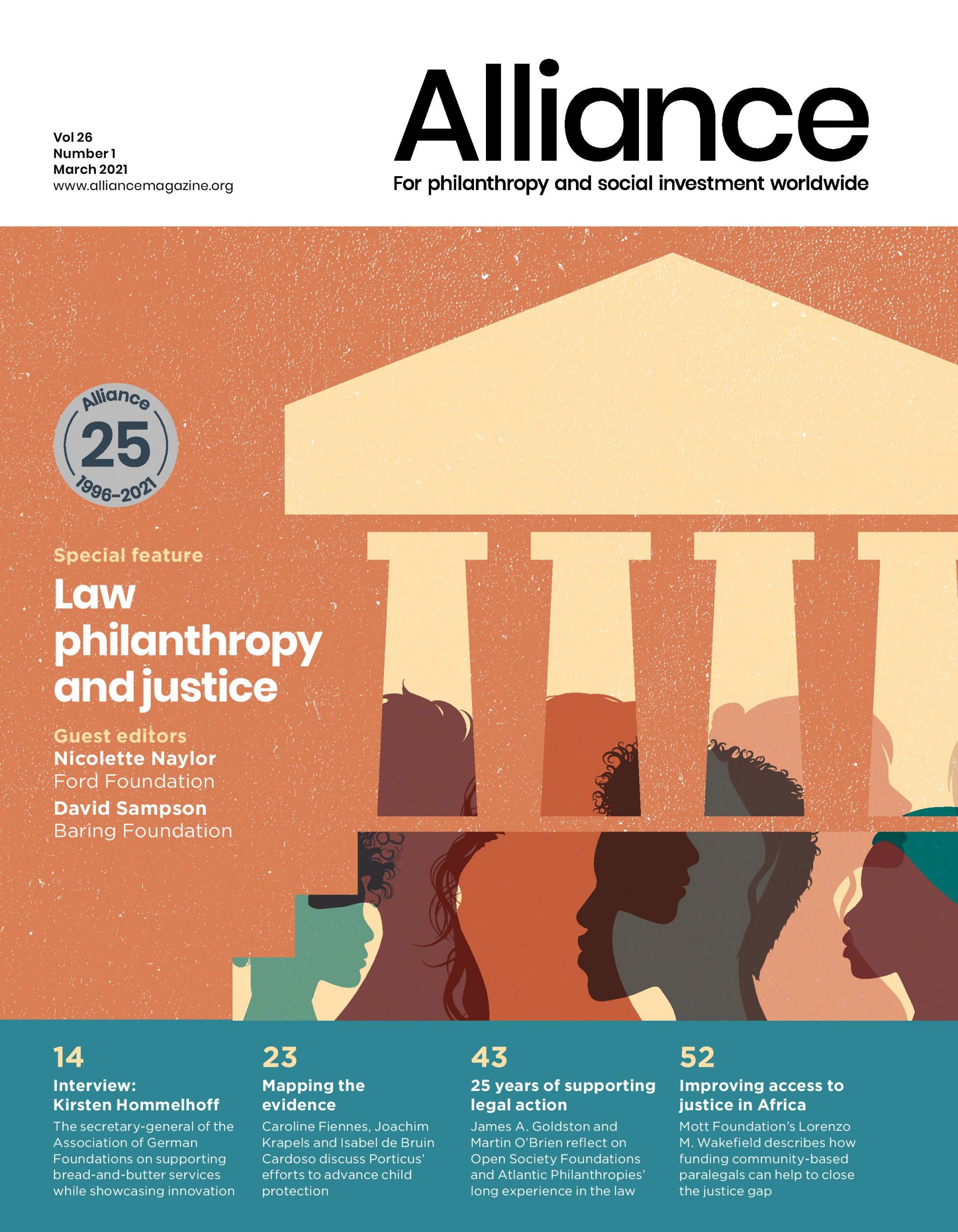Commentators have argued over the value and effects of strategic litigation. What can funders learn about the issue from their analyses?
In the 1954 case of Brown v Board of Education, the US Supreme Court found that racial segregation in educational facilities was unconstitutional. The judgment was heralded as a major success – one Black newspaper proclaimed it to be ‘the greatest victory for the Negro people since the Emancipation Proclamation’ and constitutional lawyers and historians often deem Brown the most important US Supreme Court decision of the 20th century, if not of all time. The case is held up by proponents of strategic litigation as a shining example of the ways in which legal action by social movements can drive wide-scale social change.
Diverging views
Yet over the last 25 years scholars have studied the impacts of the case and drawn wildly different conclusions about whether it can be deemed a ‘success’ at all. In fact, Brown resulted in little school desegregation during the decade after the judgment, raising questions about whether litigation is a useful tool in shaping societal transformation. In his book The Hollow Hope, Gerald Rosenberg argues, using the Brown case as one of a series of case studies, that litigation as a strategy for social reform has been vastly overrated and can even be counter-productive. The most in-depth analysis of Brown is Michael Klarman’s rich account in From Jim Crow to Civil Rights: The Supreme Court and the struggle for racial equality. He argues that steps towards racial equality often attributed to Brown were instead the result of long-term political, social and economic changes that would have transformed southern race relations regardless of the Supreme Court’s intervention. The book also documents the many negative impacts precipitated by the Brown case including the prioritising of desegregated education over other urgent pressing civil rights issues in the Black community and the conflict within the civil rights movement about whether to pursue goals through litigation or direct action. Klarman is cautious about drawing conclusions on whether Brown may have done more harm than good but the book (not without its critics) raises the phenomenon of backlash as an important factor to consider when evaluating whether legal action has been successful. Harvard scholar Martha Minnow in her book In Brown’s Wake: Legacies of America’s educational landmark strikes a more upbeat tone by focusing on the symbolic importance of Brown and the ways in which the court’s findings have reverberated across other equality movements in the US and beyond.
Subscribe now from only £45 a year!
This article is only available for our subscribers
Existing users can login here






